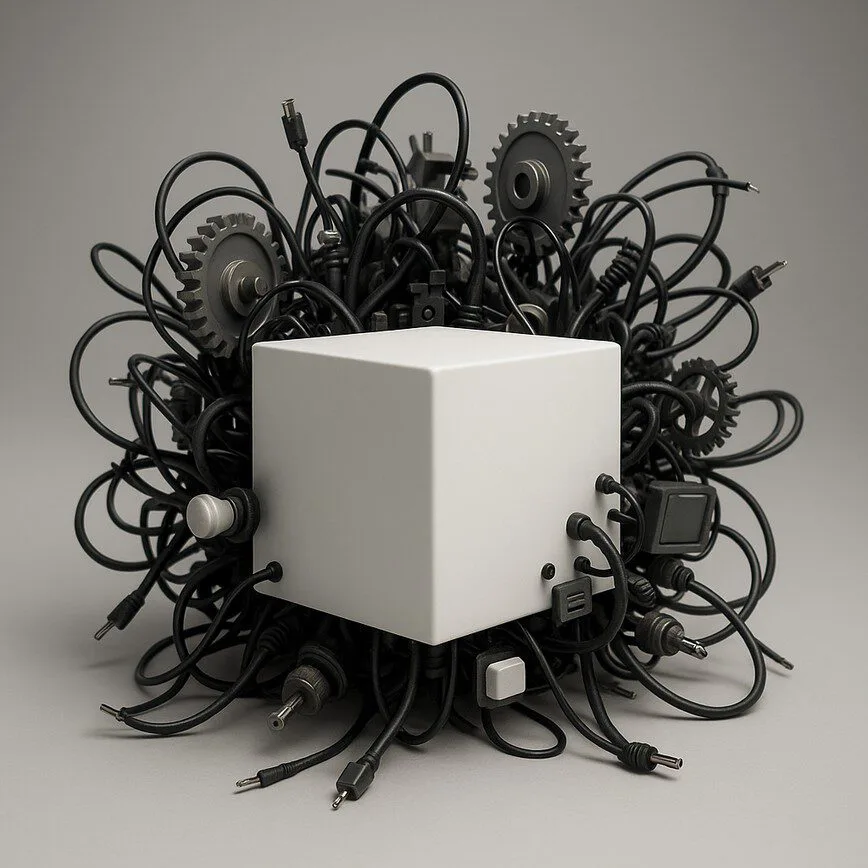Bringing a new product to market is an exciting venture, but the path from idea to launch is filled with potential pitfalls. Statistics often show a startlingly high failure rate for new products, but the reasons are rarely a mystery. More often than not, the answer to “why products fail” lies in a handful of recurring, and entirely avoidable, mistakes. Understanding these common product development failures from the outset is the first step toward building a product that thrives.
Table of Contents
Whether you’re a startup founder or part of an established innovation team, sidestepping these errors can mean the difference between a costly flop and a market success. Let’s explore the five most frequent traps and the strategic solutions to keep your project on track.
Failure #1: Neglecting In-Depth Market Research
One of the most devastating product development mistakes is building a perfect solution to a problem nobody has. Teams can fall in love with an innovative idea without validating if there’s a real, paying audience for it.
The Problem: Building in a Vacuum
When development is driven by internal assumptions rather than external data, you risk investing significant time and capital into a product that generates little to no interest upon launch. The market is unforgiving to products that don’t solve a tangible pain point or fulfill a clear need.
The Solution: Make Research Your Foundation
Before a single line of code is written or a prototype is built, rigorous market research is non-negotiable. This goes beyond simple surveys. At RenewGenius, our comprehensive solar knowledge base is built on understanding what homeowners truly need to know. Applying this principle to product development means:
- Conducting Customer Interviews: Speak directly with your target audience to understand their challenges, workflows, and desires.
- Analyzing Competitors: Identify what existing solutions do well and, more importantly, where they fall short.
- Validating the Problem: Ensure the problem you aim to solve is significant enough that people are willing to pay for a solution.
Failure #2: Poorly Defined Product Scope (Scope Creep)

The project starts with a clear, simple vision. Then, a new “must-have” feature is suggested. Then another. Soon, the project is delayed, over budget, and the core purpose has become diluted. This is scope creep, and it’s a notorious project killer.
The Problem: An Ever-Expanding Feature List
An undefined or flexible scope leads to “feature creep,” where the continuous addition of unplanned features bloats the product. This complicates development, confuses the user, and makes it impossible to meet deadlines and budgets.
The Solution: Embrace the MVP and a Clear Roadmap
A well-defined product roadmap is your best defense. Start with a Minimum Viable Product (MVP)—the most basic version of your product that delivers core value to your initial users. This approach allows you to:
- Launch Faster: Get a functional product to market quickly.
- Gather Real-World Feedback: Use data from actual users to inform which features to build next.
- Maintain Focus: Ensure every development sprint is aligned with a clear, strategic goal.
Failure #3: Ignoring the User Experience (UX)

A product can be technically brilliant and feature-rich, but if it’s confusing, frustrating, or unintuitive to use, people won’t use it. Poor UX is a primary reason why products fail, even if the underlying technology is sound.
The Problem: An Engineer-Led, Not User-Led, Design
Often, products are designed from the perspective of the people building them, not the people who will be using them. This results in complex interfaces, illogical navigation, and a steep learning curve that drives potential customers away.
The Solution: Prioritize User-Centric Design
Integrate UX principles into every stage of the development process. This involves:
- Creating User Personas: Build detailed profiles of your ideal users to guide design decisions.
- Prototyping and Wireframing: Create visual mockups to test flows and layouts before development begins.
- Usability Testing: Watch real users interact with your prototype or product to identify friction points you never would have noticed on your own.
Failure #4: A Flawed or Nonexistent Business Model
Your product might be loved by users and perfectly engineered, but if it can’t make money, it’s a hobby, not a business. Many teams focus so intently on the product itself that they forget to build a viable business model around it.
The Problem: No Clear Path to Profitability
This failure manifests in several ways:
- Pricing that’s too high or too low
- A customer acquisition cost (CAC) that exceeds the customer lifetime value (LTV)
- A complete misunderstanding of the target market’s willingness to pay
The Solution: Develop Your Business Case Early
Your business model should be developed in parallel with your product. Consider:
- Pricing Strategy: Will it be a subscription, a one-time purchase, a freemium model?
- Go-to-Market Plan: How will you reach your target customers effectively and affordably?
- Financial Projections: Use tools like an ROI calculator to model your costs, potential revenue, and break-even point to ensure the project is financially sound from the start.
Failure #5: Ineffective Team Communication and Alignment
The final of these common product development failures is internal. When marketing, engineering, sales, and leadership operate in silos with different goals and priorities, the product is destined for trouble.
The Problem: Departmental Silos and Misaligned Goals
If the engineering team’s goal is to add complex features while the marketing team is promising simplicity, the result is a conflicting message and a confused customer. A lack of a single, unified vision leads to wasted effort, internal friction, and a fractured product strategy.
The Solution: Foster Radical Alignment
Ensure every person involved in the project is aligned on the core vision, target audience, and key objectives. This requires:
- A Unified Vision: Everyone should be able to articulate what the product is, who it’s for, and why it matters.
- Cross-Functional Teams: Encourage collaboration between departments from day one.
- Centralized Communication: Use project management tools to maintain a single source of truth for goals, progress, and decisions.
Charting a Course for Success
Avoiding these five common product development failures isn’t about having a crystal ball—it’s about implementing a disciplined and strategic process. By grounding your project in these key areas, you dramatically increase your chances of launching a product that not only survives but thrives:
- Solid research
- A clear scope
- User-centric design
- A viable business model
- Unified team communication
Each of these solutions is a critical stage in a larger journey. By understanding the complete product development process, you can build a framework that turns a great idea into a tangible success.

